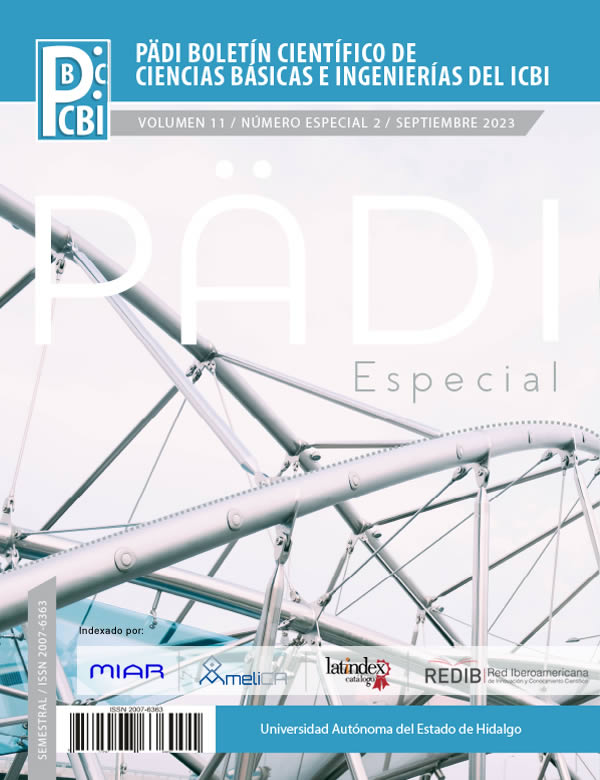Modelling of brushed PMDC motor embedded analog velocity servo actuators
Abstract
This paper deals with the modeling of velocity servo actuators built around brushed permanent magnet direct current motors which are utilized as driven elements in low cost robotics and mechatronics. More specifically, a simplified linear velocity servo model is proposed. It is shown that proportional-integral control is effective for regulating the shaft speed of permanent magnet direct current motors globally under disturbances free situations. This is the main argument for justifying the proportional-integral dominant feedback control approach at the core of most velocity servo actuators.
Downloads
References
Golnaraghi, F. and Kuo, B. C. (2010). Automatic Control Systems. John Wiley & Sons, New Jersey, USA.
Hashimoto, K. (1993). Visual servoing: Real–time control of robot manipulators based on visual sensory feedback. World Scientific Publishing Co., Singapore.
Kelly, R. and Moreno, J. (2001). Learning PID structures in an introductory course of automatic control. IEEE Transactions on Education, 44(4):373–376.
Kelly, R., Zepeda, G., and Monroy, C. (2021). On simplified models of position servo actuators for control purposes. In IEEExplore, Proceedings of IEEE 2021 Int. Conf. on Control, Automation and Diagnosis (ICCAD2021), Grenoble, France.
Khalil, H. K. (2002). Nonlinear Systems. Prentice -Hall, New Jersey, USA.
Ogata, K. (2002). Modern Control Engineering. Prentice -Hall, Pearson Education International, New Jersey, USA.
Siciliano, B. (1990). Kinematic control of redundant robot manipulators: A tutorial. Journal of Intelligent and Robotic Systems, 3:201–212.
Copyright (c) 2023 Rafael de Jesús Kelly-Martínez, Ivonne Gabriela Zepeda-Valencia, María del Carmen Monroy-Lara

This work is licensed under a Creative Commons Attribution-NonCommercial-NoDerivatives 4.0 International License.













